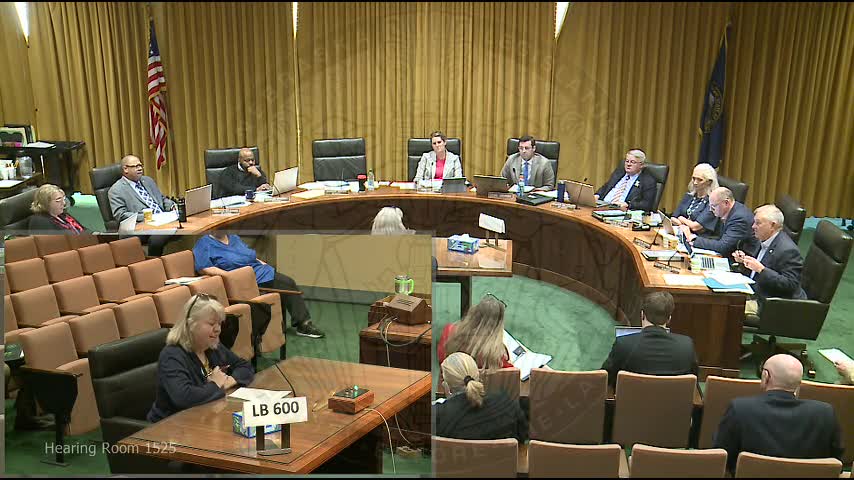Nebraska proposal aims to extend automated enforcement to school zones for child safety
March 29, 2025 | 2025 Legislature NE, Nebraska
This article was created by AI summarizing key points discussed. AI makes mistakes, so for full details and context, please refer to the video of the full meeting. Please report any errors so we can fix them. Report an error »

The Nebraska Judiciary Committee convened on March 29, 2025, to discuss critical legislation aimed at enhancing safety in school zones. A key focus of the meeting was a proposed bill that seeks to extend the use of automated enforcement technology, currently applied in road construction zones, to school zones as well.
During the session, a representative highlighted alarming statistics from a 2024 crash report, revealing that 25 percent of pedestrian crashes involved minors, many of whom were walking to or from school. The representative emphasized that reducing speed limits in these areas could significantly decrease the risk of fatalities and injuries. Supporting this claim, data from the Metro Area Planning Agency indicated that over 4,200 crashes in the past five years were attributed to speeding in specific counties.
The discussion also touched on the concerning trend of high-speed driving, with the Nebraska State Patrol issuing over a thousand citations for speeds exceeding 100 miles per hour in 2024. The representative argued that individuals willing to drive at such high speeds on highways are likely to exceed speed limits in urban areas, particularly in school zones.
The proposed automated enforcement measures aim to deter unsafe driving behaviors. Citing a 2019 study from Chicago, the representative noted that a significant percentage of drivers who received speeding tickets in school zones changed their behavior afterward. The study also indicated that the rate of serious injuries and fatalities near speed cameras increased minimally compared to the citywide average.
The representative called for collaboration in refining the bill, stressing that children walking and biking to school deserve the same protections as road construction workers. As funding for highway safety programs faces cuts, the need for effective enforcement in school zones has become increasingly urgent.
The meeting concluded with an invitation for questions from committee members, indicating ongoing engagement with the proposed legislation and its implications for community safety.
During the session, a representative highlighted alarming statistics from a 2024 crash report, revealing that 25 percent of pedestrian crashes involved minors, many of whom were walking to or from school. The representative emphasized that reducing speed limits in these areas could significantly decrease the risk of fatalities and injuries. Supporting this claim, data from the Metro Area Planning Agency indicated that over 4,200 crashes in the past five years were attributed to speeding in specific counties.
The discussion also touched on the concerning trend of high-speed driving, with the Nebraska State Patrol issuing over a thousand citations for speeds exceeding 100 miles per hour in 2024. The representative argued that individuals willing to drive at such high speeds on highways are likely to exceed speed limits in urban areas, particularly in school zones.
The proposed automated enforcement measures aim to deter unsafe driving behaviors. Citing a 2019 study from Chicago, the representative noted that a significant percentage of drivers who received speeding tickets in school zones changed their behavior afterward. The study also indicated that the rate of serious injuries and fatalities near speed cameras increased minimally compared to the citywide average.
The representative called for collaboration in refining the bill, stressing that children walking and biking to school deserve the same protections as road construction workers. As funding for highway safety programs faces cuts, the need for effective enforcement in school zones has become increasingly urgent.
The meeting concluded with an invitation for questions from committee members, indicating ongoing engagement with the proposed legislation and its implications for community safety.
View full meeting
This article is based on a recent meeting—watch the full video and explore the complete transcript for deeper insights into the discussion.
View full meeting
